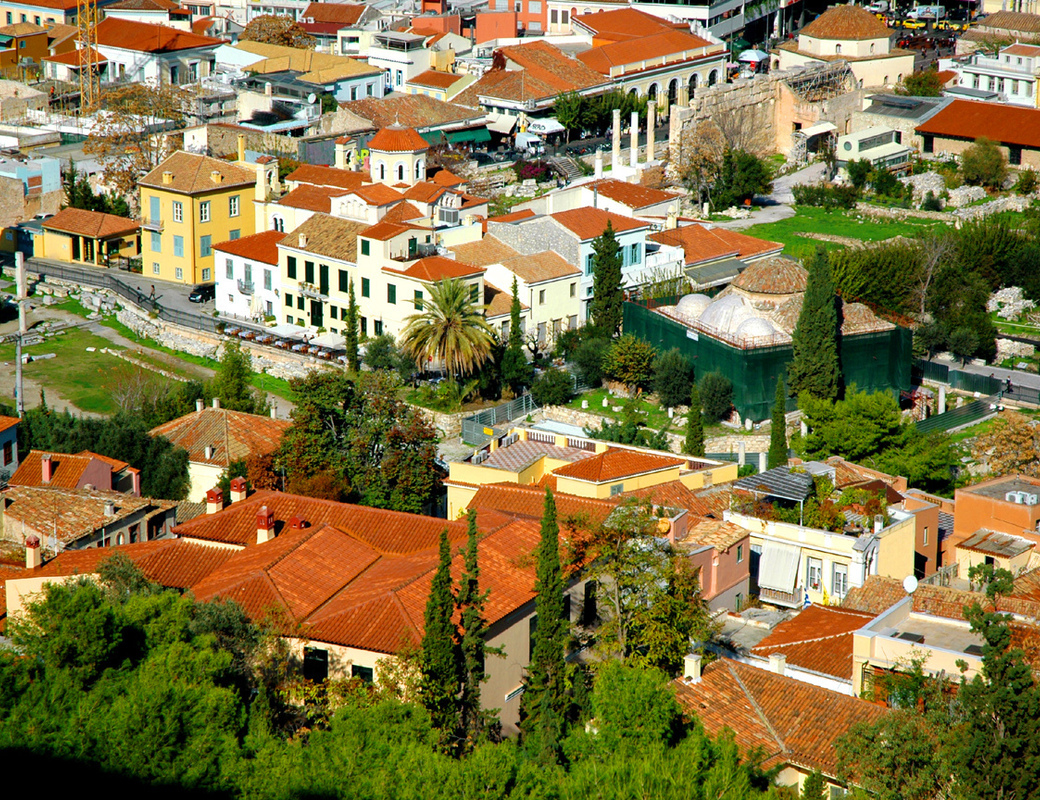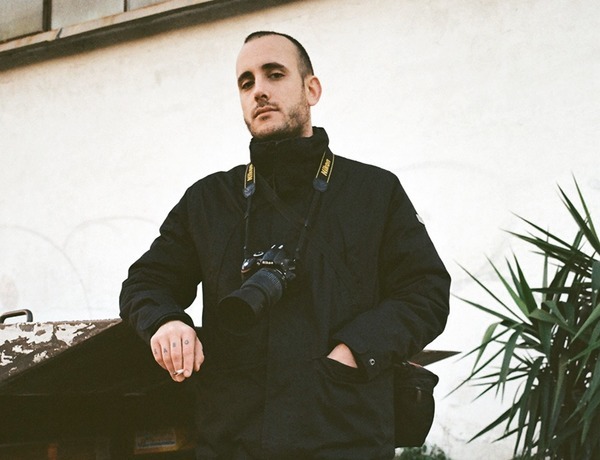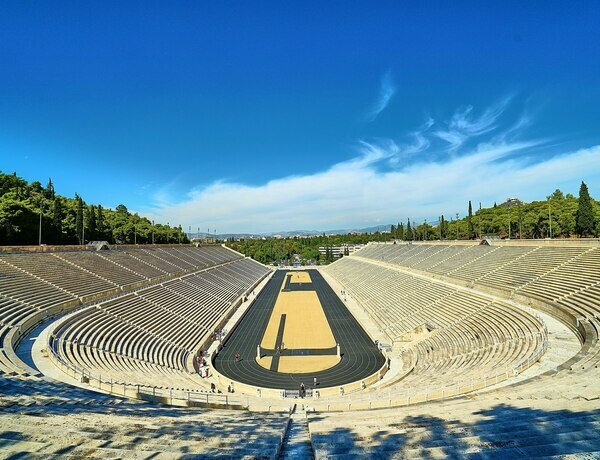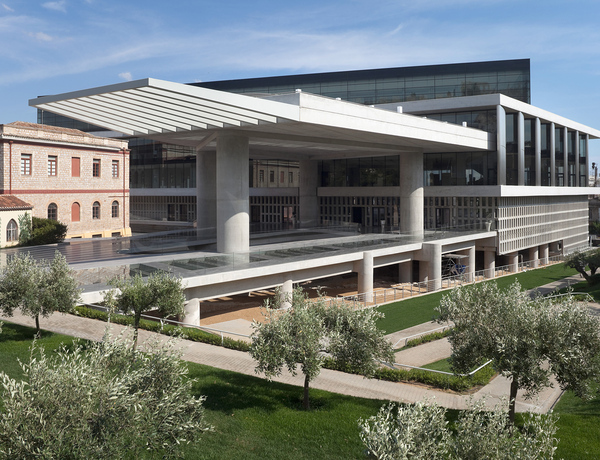
Posted by Filippos Fragkogiannis
Plaka is a historic neighborhood located in the heart of Athens, Greece. It is known for its picturesque narrow streets, traditional Greek architecture, and scenic views of the Acropolis.
Plaka is one of the oldest neighborhoods in Athens, and it is located at the foot of the Acropolis hill. The area is characterized by its neoclassical buildings, Byzantine churches, and Ottoman-era mansions.
In Plaka, visitors can find a variety of restaurants, cafes, bars, and shops selling souvenirs and traditional Greek products. The neighborhood is also home to several museums, including the Museum of Greek Folk Musical Instruments, the Museum of Popular Music Instruments, and the Museum of Greek Children’s Art.
One of the main attractions in Plaka is the Anafiotika neighborhood, a tiny enclave of whitewashed houses and narrow alleys that resemble the villages of the Cyclades islands. Another popular site in Plaka is the Roman Agora, an ancient marketplace that dates back to the 1st century BC.
Plaka is a charming and vibrant neighborhood that offers visitors a glimpse into the history and culture of Athens, as well as stunning views of the city’s most famous landmark, the Acropolis.





